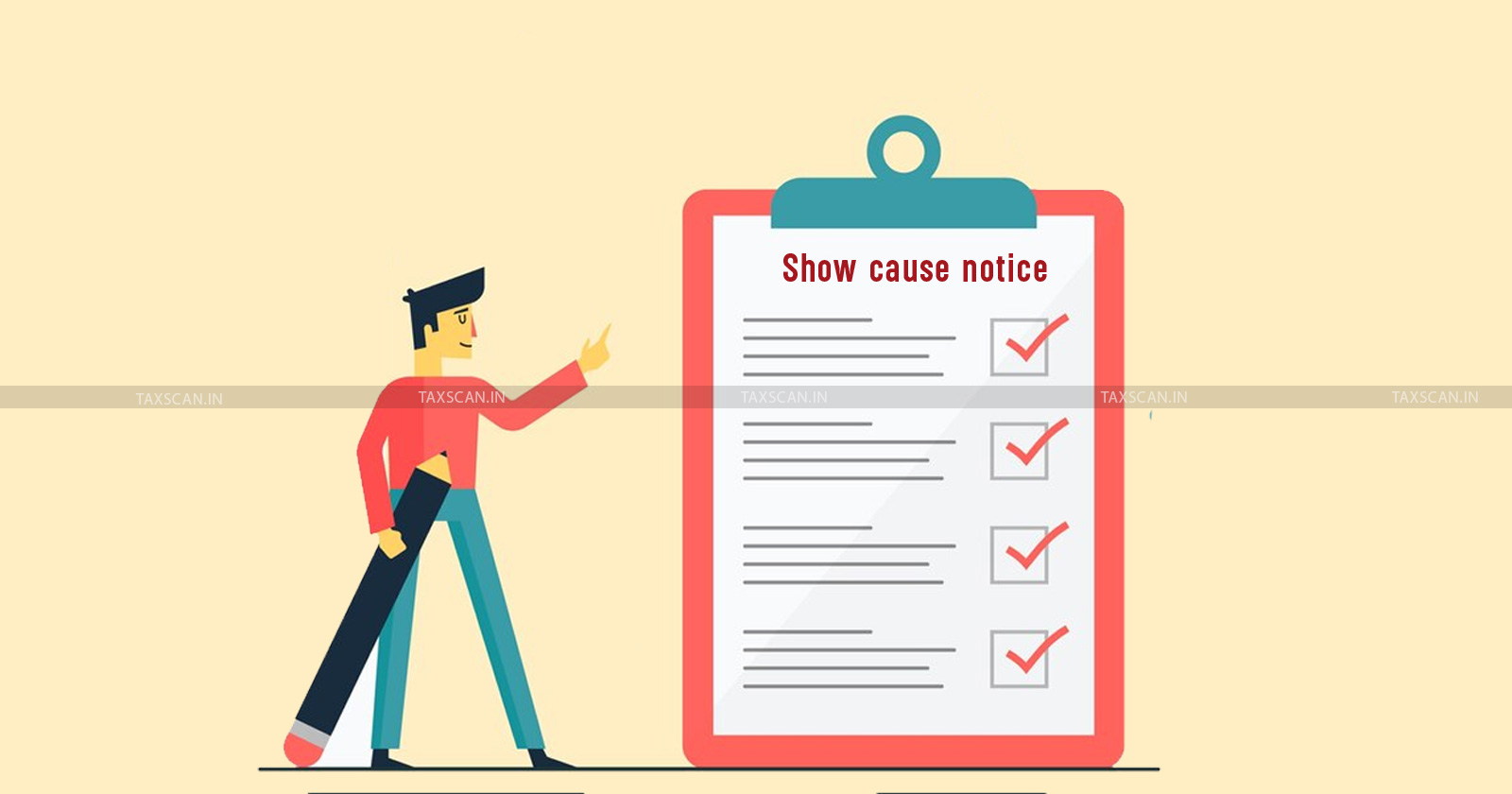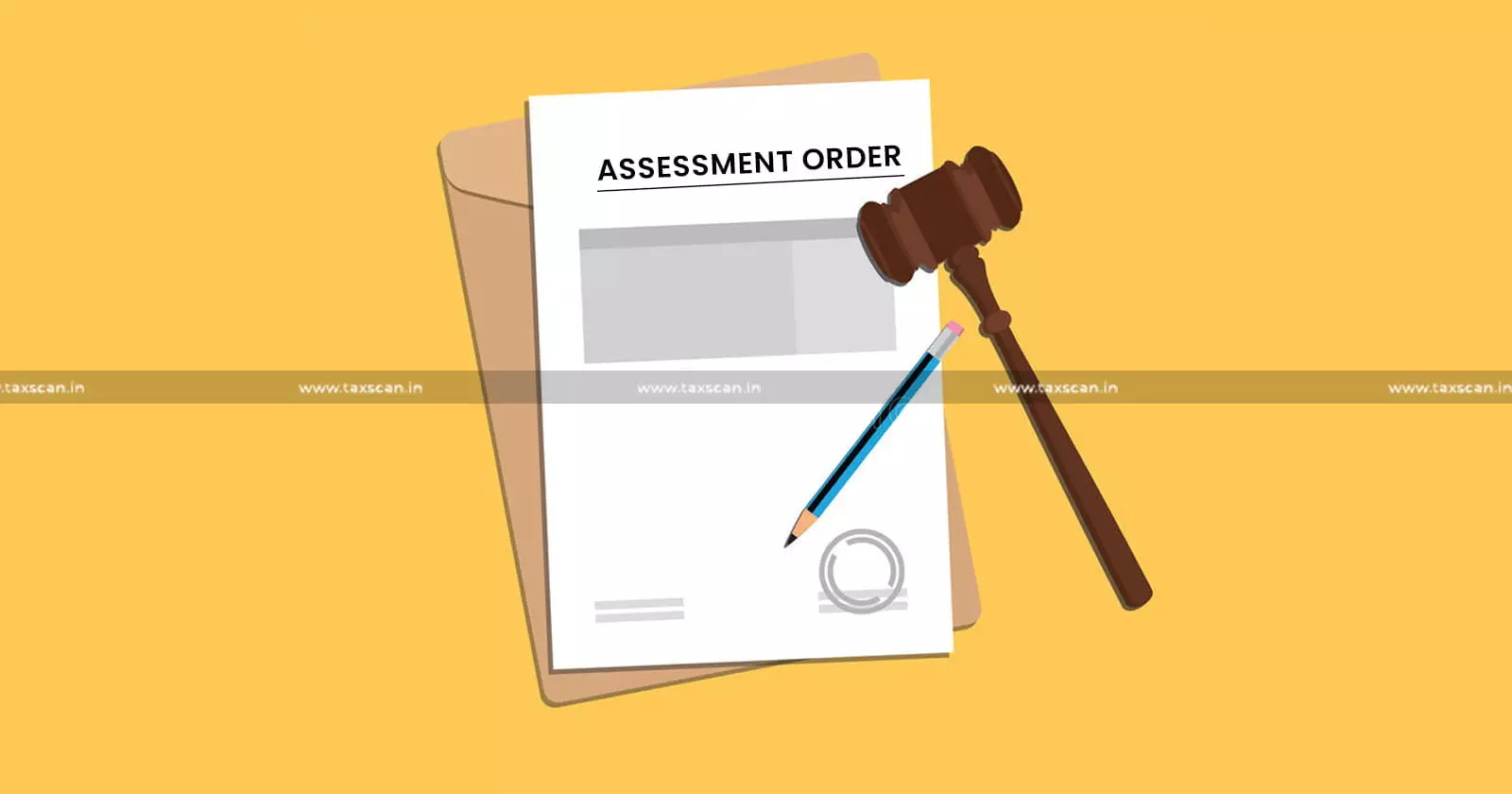When Genuineness of Purchases is Doubtful but Sales Are Genuine, Only Profit Element 15% Can Be Added to Income: Bombay HC [Read Order]
Bombay High Court holds that when the purchase genuineness is doubtful but the sales are genuine, only 15% profit element can be added to the income
![When Genuineness of Purchases is Doubtful but Sales Are Genuine, Only Profit Element 15% Can Be Added to Income: Bombay HC [Read Order] When Genuineness of Purchases is Doubtful but Sales Are Genuine, Only Profit Element 15% Can Be Added to Income: Bombay HC [Read Order]](https://images.taxscan.in/h-upload/2025/10/16/2097082-bombay-high-court-when-genuineness-of-purchases-taxscan.webp)
In a recent judgment, the Bombay High Court held that when the genuineness of purchases is doubtful but sales are genuine, only the profit element of 15% on such purchases can be added to the assessee’s income.
The case arose from an appeal filed by the Principal Commissioner of Income Tax challenging an order of the Income Tax Appellate Tribunal (ITAT), which upheld the decision of the Commissioner of Income Tax (Appeals) [CIT(A)] restricting additions made on alleged bogus purchases to 15% of the purchase value in the case of Ramelex Private Limited for the assessment year 2009-10.
 Also Read:Authorities Cannot Skip Mandatory Pre-SCN Procedure: AP HC Rules Violation of GST Rule 142(1A) Makes Proceedings Void [Read Order]
Also Read:Authorities Cannot Skip Mandatory Pre-SCN Procedure: AP HC Rules Violation of GST Rule 142(1A) Makes Proceedings Void [Read Order]
Ramelex Private Limited, a company engaged in the power transmission and distribution business, had filed its return declaring an income of Rs. 7.65 crore. The assessment was reopened based on information from the Directorate General of Investigation, Pune, alleging that the company made bogus purchases worth Rs. 2.05 crore from certain “hawala” dealers identified by the Maharashtra Sales Tax Department.
Relying solely on this information, the Assessing Officer treated the entire Rs. 2.05 crore as bogus purchases and added it to the company’s income.
The assessee appealed before the CIT(A), arguing that the purchases were genuine and supported by invoices, bank statements, and ledger accounts. It pointed out a typographical error in the VAT audit report, clarifying that purchases from one supplier, Entech Enterprises, were Rs. 11.63 lakh and not Rs. 1.16 crore.
 Also Read:Madras HC Quashes Consolidated GST Order for Multiple Years, Says Each Year Requires Separate Notice and Assessment [Read Order]
Also Read:Madras HC Quashes Consolidated GST Order for Multiple Years, Says Each Year Requires Separate Notice and Assessment [Read Order]
The revenue counsel argued before the High Court that the assessee failed to prove the genuineness of the purchases and that both the CIT(A) and ITAT erred by restricting the addition to 15% instead of treating the entire purchase value as bogus.
The Division Bench of Justices G.S. Kulkarni and Aarti Sathe observed that the Assessing Officer had based his decision only on general information from the Sales Tax Department without furnishing that material to the assessee or allowing cross-examination of the alleged suppliers.
The court explained that this approach violated the principles of natural justice and could not justify the full addition of the disputed purchases. The court pointed out that both the CIT(A) and ITAT had made concurrent findings based on evidence, including the VAT auditor’s certificate, bank records, and purchase bills.
It further observed that the authorities had reasonably applied a profit rate of 15% to estimate the inflation in purchases rather than treating the entire amount as non-genuine.
The court held that the findings of the lower authorities were factual and well-reasoned, giving rise to no substantial question of law. The appeal filed by the Revenue was dismissed, and the decision restricting the addition to 15% of the alleged bogus purchases was upheld.
Support our journalism by subscribing to Taxscan premium. Follow us on Telegram for quick updates


